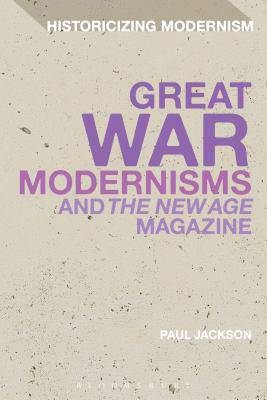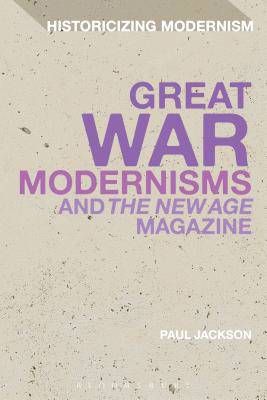
- Retrait gratuit dans votre magasin Club
- 7.000.000 titres dans notre catalogue
- Payer en toute sécurité
- Toujours un magasin près de chez vous
- Retrait gratuit dans votre magasin Club
- 7.000.0000 titres dans notre catalogue
- Payer en toute sécurité
- Toujours un magasin près de chez vous
Description
The literary magazine The New Age brought together a diverse set of intellectuals. Against the backdrop of the First World War, they chose to write about more than modernist art and aesthetics. By closely reading and contextualizing their contributions, Paul Jackson's study explores a variety of political and philosophical responses to modernity. Jackson demonstrates the need to interpret modernisms not merely as an aesthetic phenomena, but as inherently linked to politics and philosophy. By placing the writing of a canonical modernist, Wyndham Lewis, against a figure usually excluded from the canon, H.G. Wells, Jackson's study further examines wartime modernisms that embraced socialist and political views. This study provides the first close analysis of cultural contributions from The New Age, tracing the radical, modernist debates that developed in its pages.
Spécifications
Parties prenantes
- Auteur(s) :
- Editeur:
Contenu
- Nombre de pages :
- 224
- Langue:
- Anglais
- Collection :
Caractéristiques
- EAN:
- 9781472527547
- Date de parution :
- 16-01-14
- Format:
- Livre broché
- Format numérique:
- Trade paperback (VS)
- Dimensions :
- 156 mm x 234 mm
- Poids :
- 276 g

Les avis
Nous publions uniquement les avis qui respectent les conditions requises. Consultez nos conditions pour les avis.






